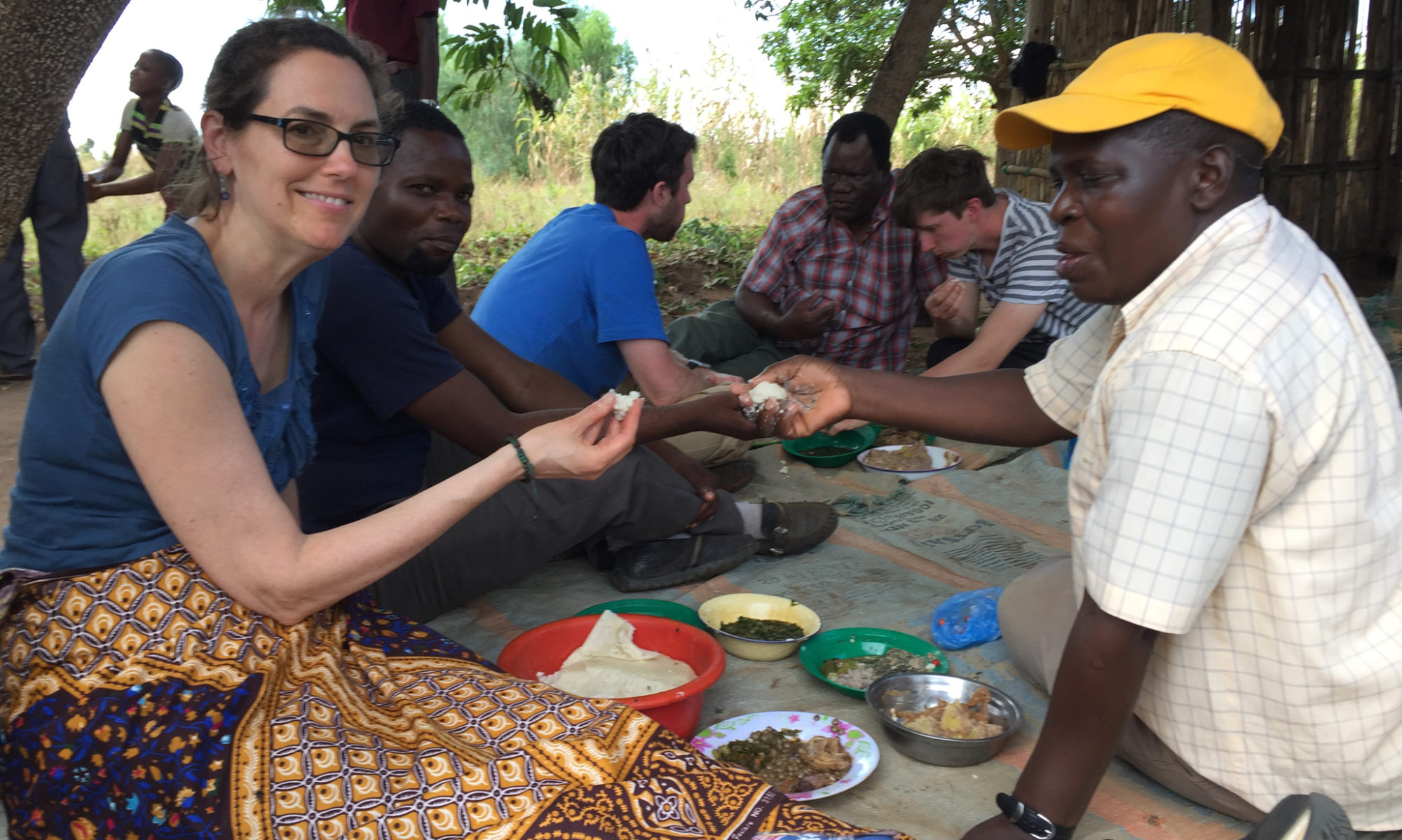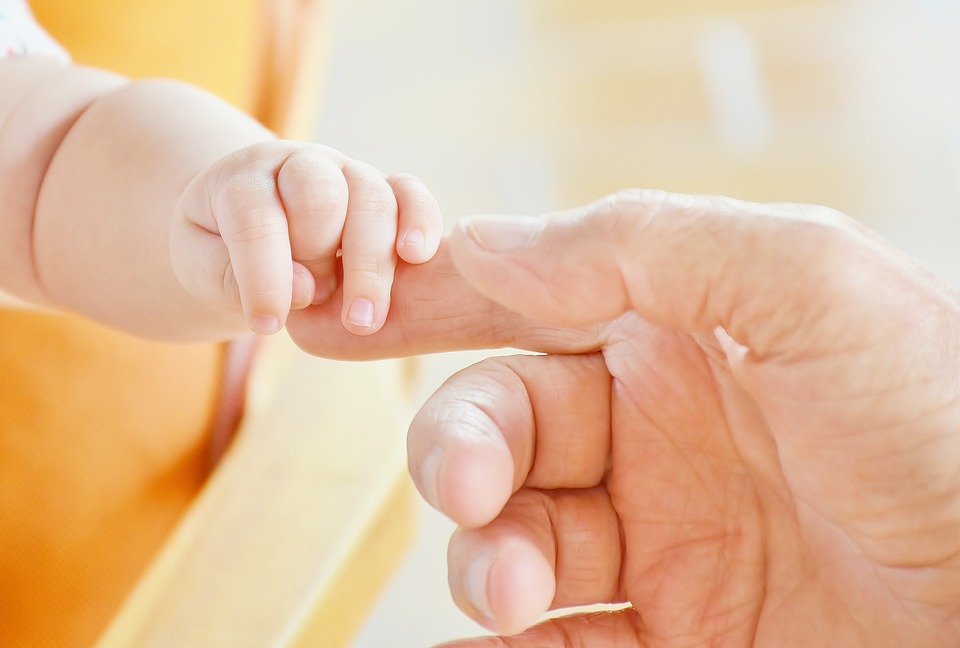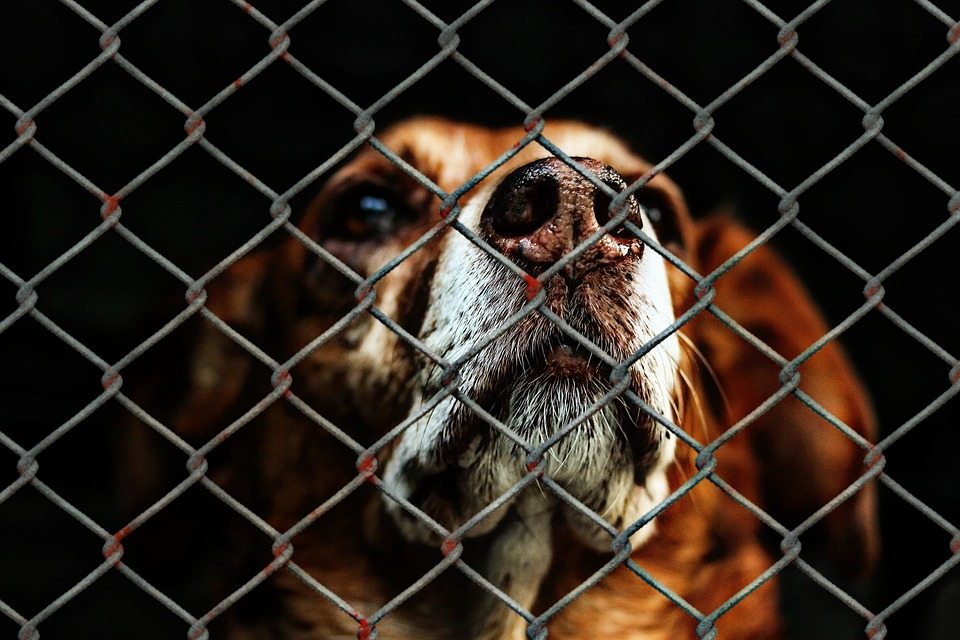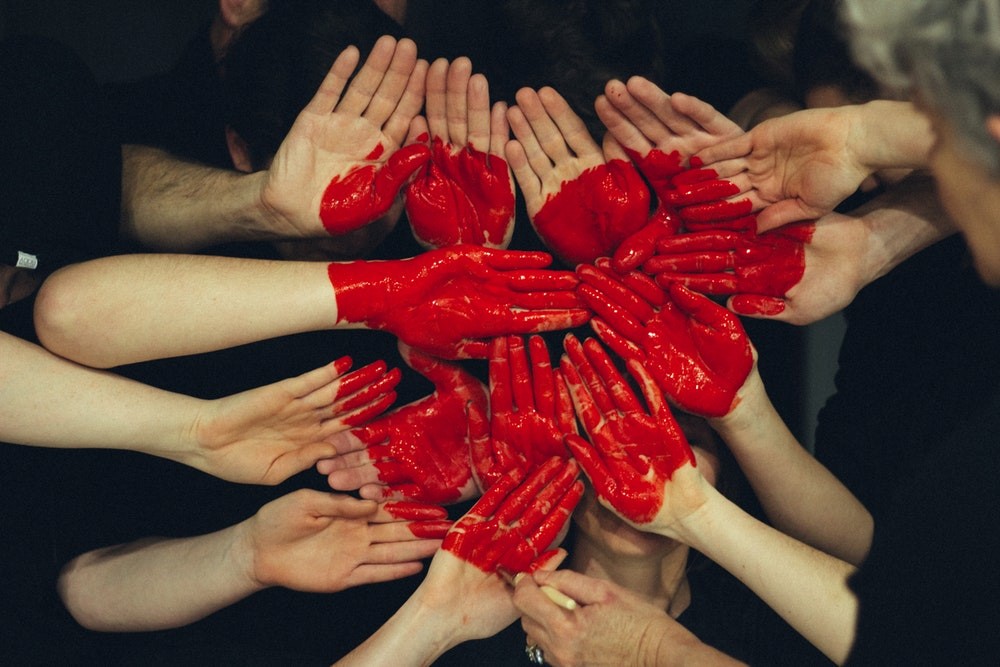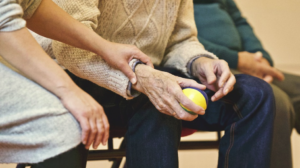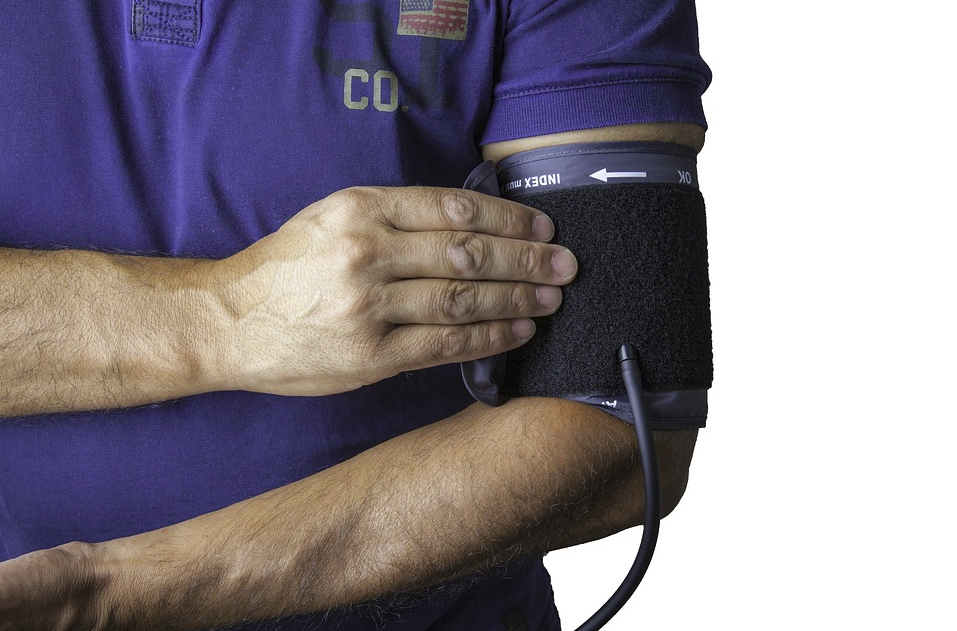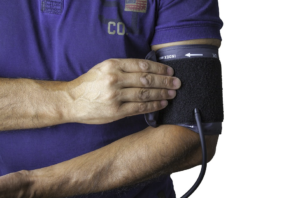Volunteer “baby cuddlers” are starting to be recruited by hospitals all over America. In an effort to help calm babies in the neonatal intensive care unit, volunteers are able to hold, cuddle, feed and change diapers of the hospital’s tiniest patients. When a baby is born premature, parents face one of the most difficult situations imaginable—having their baby stay in the hospital, sometimes for months on end. Often, parents cannot be there every moment of everyday to hold their newborn, which is where volunteer cuddlers come in.
Babies need human contact to help their brains develop. A 1998 study showed a program similar to volunteer cuddling helped babies form better sleep habits, focus, and coping mechanisms for anxiety later in life. Maternal contact has been studied as an important instinct throughout the mammalian class in the animal kingdom.
To volunteer with babies in the hospital, there is a lengthy application process, a background check, and required vaccinations. Every hospital is different, and you’ll need to follow their requirements in order to be considered. However, these programs are extremely rewarding and make an immense impact on the life of the newborn, as well as their family. To find baby cuddling programs in New Jersey, see a compiled list here.
If you are not able to volunteer with babies in the hospital, but still want to find ways you can help, you can always participate in hat making programs with a local knit or crochet club. Gifting hats to newborns in the hospital, especially when temperatures drop, is great way to offer a baby a warm welcome to the world. Softer “baby” yarns are available at many craft stores.
I compiled more information about this topic with more baby cuddling volunteer opportunities in the New Jersey area at my blog post entitled, “Benefits of Being a Baby Cuddler“.
